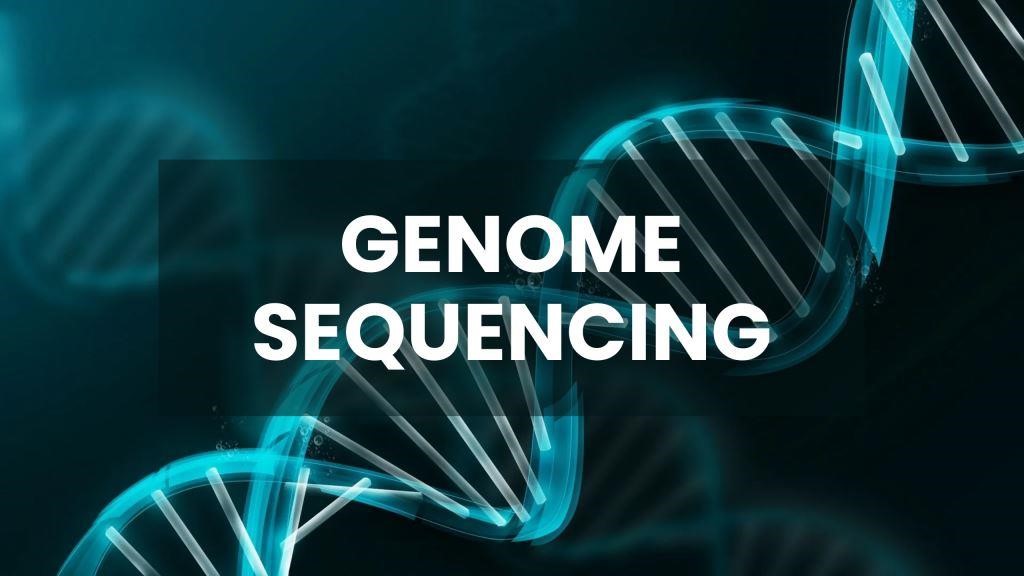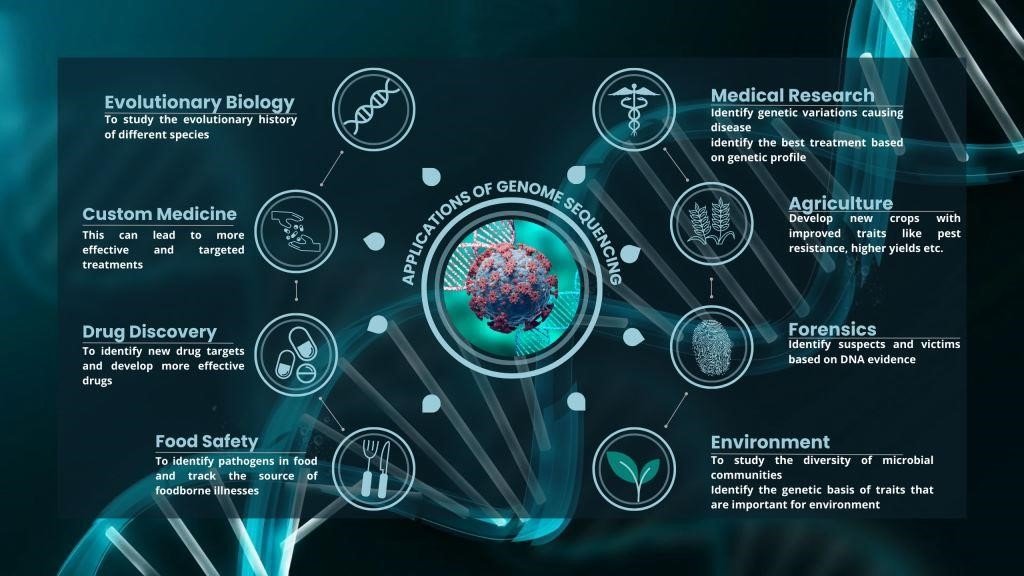23 Mar 2023 Genome Sequencing
Genome Sequencing
This article covers “Daily Current Affairs” and the topic details Genome Sequencing. In view of the receding COVID-19 the Prime Minister has warned that the dangers from the deadly virus are not over and thorough genome sequencing must be conducted to preempt any kind of health crisis. The topic “Genome sequencing” has relevance in the Science and Technology section for the UPSC CSE exam.
For Prelims:
About Genome Sequencing
For Mains:
GS 3: Science and Technology
Application of Genome Sequencing in various areas
Related gene editing techniques
Why in the news?
Recently Prime Minister Narendra Modi has raised a flag of caution expressing fears that the dangers of COVID-19 are not over. There is a need to be cautious and conduct whole genome sequencing of new COVID-19 samples. This must be done to keep an eye on the new mutations or variants related to the virus.
What is Genome Sequencing?
A genome is the entire set of genetic instructions that make up an organism, including all of its genes, non-coding regions, and other regulatory elements.
Genome sequencing is the process of determining the complete DNA sequence of an organism’s genome. Genome sequencing is a powerful tool for understanding the genetic basis of diseases and other biological processes.

Genome Sequencing
What is Whole Genome Sequencing?
Whole genome sequencing is a method to determine the order of bases in the genome of an organism in one process.
The process of whole genome sequencing involves breaking down the DNA into small fragments and then sequencing each fragment individually. The resulting sequences are then aligned and assembled into a complete genome sequence. This process can be time-consuming and expensive, but advances in sequencing technology have made it increasingly faster and more cost-effective.
What are the methods of doing Whole Genome sequencing?
- Clone by Clone method: This method involves breaking down the genome into smaller sections, which are then inserted into bacteria and grown to produce identical clones. These clones are further broken down into smaller chunks of DNA, which are sequenced and reassembled to create the complete genome sequence. While this method is time-consuming and expensive, it is reliable and was used to sequence the first human genome.
- Whole-genome shotgun method: It is a method of DNA sequencing that breaks DNA into small, random pieces for sequencing and reassembly. It is best suited for shorter reads and requires a reference genome and sophisticated computational approaches for reassembly. It may also be challenging for genomes with many repetitive regions.
What is the use of it in our lives?
The technique of Genome Sequencing has advanced over time and has attained great precision. It has helped in identifying the genetic causes of diseases and developing targeted therapies. Some uses of this technique are:
- Studying the evolution and diversity of different species.
- Identifying genetic variations that may impact an individual’s health or response to medication.
- Developing new crops and improving agricultural productivity.
- Understanding the genetic basis of complex traits, such as intelligence or personality.
What are the applications of Genome Sequencing?
Genome sequencing has a wide range of applications in different fields. Here are some of the most significant applications:

Application Genome Sequencing
- Medical Research and Diagnostics: Genome sequencing is used to identify genetic variations that may cause or contribute to diseases. It can help identify the cause of rare genetic disorders, predict the risk of developing certain diseases, and identify the best treatment for individual patients based on their genetic profile.
- Agriculture: It is used to develop new crops that are more resistant to pests, diseases, and drought. It can also help identify the genetic basis of traits such as yield, quality, and nutritional value.
- Forensics: It is used in forensic investigations to identify suspects and victims based on DNA evidence. It can also be used to identify the source of a pathogen in the event of a bioterrorism attack.
- Environmental Science: Genome sequencing is used to study the diversity of microbial communities in different environments, including oceans, soils, and the human gut. It can also help identify the genetic basis of traits that are important for environmental adaptation, such as salt tolerance in plants.
- Evolutionary Biology: Genome sequencing is used to study the evolutionary history of different species, including humans. It can help identify genetic variations that are unique to different populations, and shed light on the processes that have shaped the diversity of life on Earth.
- Personalized Medicine: Genome sequencing can be used to develop personalized treatment plans based on an individual’s genetic profile. This can lead to more effective and targeted treatments, and reduce the risk of adverse drug reactions.
- Drug Discovery: Genome sequencing can help identify new drug targets and develop more effective drugs. By sequencing the genomes of pathogens, scientists can identify the genes and proteins that are essential for the pathogen’s survival and develop drugs that target those proteins.
- Food Safety: It is used to identify pathogens in food and track the source of foodborne illnesses. By sequencing the genomes of pathogens in food samples, scientists can identify the strain of the pathogen and trace it back to its source.
Source:
Get daily Current affairs from Yojna IAS


No Comments